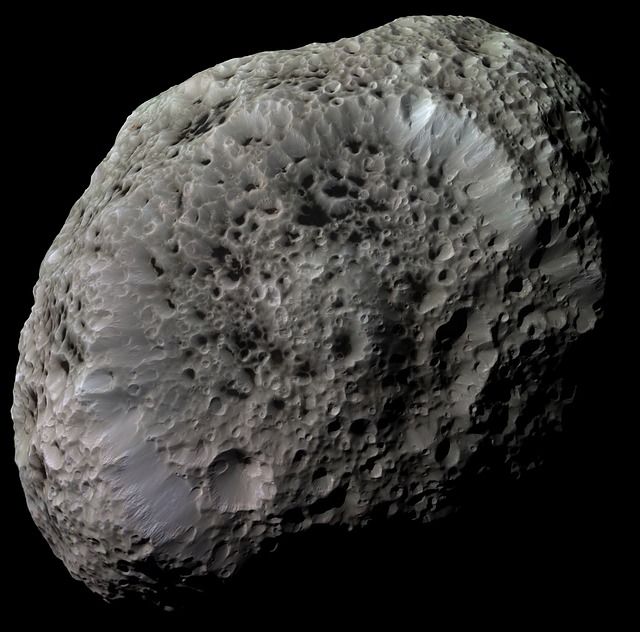The more pessimistic among our readership might already be digging bunkers in their backyards in anticipation of April 13th, 2029. On that day (a Friday nonetheless), an asteroid called 99942 Apophis will come perilously close to Earth. The most recent data suggests that it will miss us by a mere 35,000 kilometers, a hairs breadth in astronomical terms. Analysis of Apophis’ orbit suggests it might swing so close that it causes avalanches — on itself.
Apophis is about the size of a football field, giving it enough mass to cause widespread devastation should it ever collide with Earth. At 35,000 kilometers (about 22,000 miles), Apophis will be well within the orbit of the moon way out at roughly 363,000 kilometers (225,000 miles). That’s close, but scientists always thought of asteroids as large monolithic pieces of rock. How can a little gravity cause it to go to pieces? This new model from University of Maryland researchers takes into account observations made by a Japanese space probe called Hayabusa back in 2005.
Hayabusa was on a mission to take close-up images of an asteroid called Itokawa (seen above), which is about the same size and composition as Apophis. What scientists saw was not a single piece of rock, but a giant clump of smaller rocks and dust held together by its own weak gravity. Of course, “small” is a relative term–there could still be single chunks of rock in the mix the size of a building. Researchers suspect that Apophis is similar in nature, made up of smaller pieces of rock that could shift around when exposed to the gravity of a nearby planet.
(Read the rest of the story here…)
